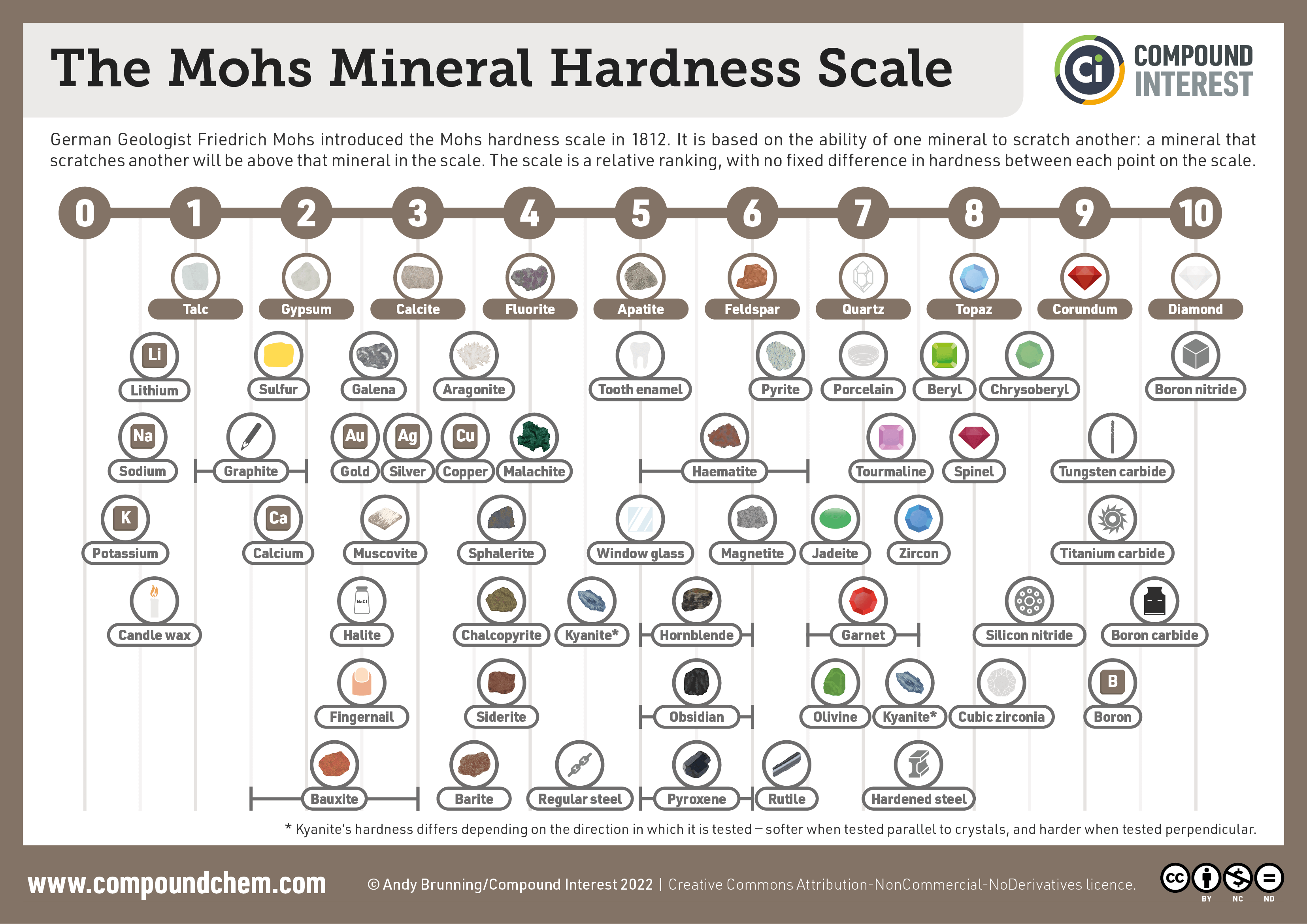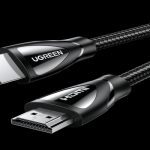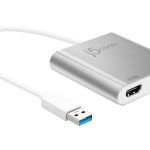SS401 stainless steel with a durable 5H pencil hardness designation stands out due to its specific material class, processing, and balanced properties. Its differentiation primarily stems from its ferritic microstructure and targeted hardening processes.
Core Metallurgical Distinction: Ferritic Structure
Unlike the more common austenitic grades (e.g., SS304, SS316):
- SS401 is a ferritic stainless steel. This fundamental difference results from its chromium content without significant nickel additions.
- Ferritic grades inherently possess lower toughness and formability at room temperature compared to austenitic grades but offer advantages like lower thermal expansion and higher thermal conductivity.
Achieving 5H Hardness: The Role of Processing
The "5H" hardness (measured using the pencil hardness test method, e.g., JIS K 5400) signifies significant surface scratch resistance. Achieving this in SS401 involves:

- Controlled Rolling & Annealing: Precise thermo-mechanical processing is essential to refine the grain structure and prepare the material for hardening.
- Specific Hardening Techniques:
- Work Hardening: Cold rolling is the primary method to significantly increase surface hardness.
- Precipitation Hardening (Optional): For specific higher-strength variants, heat treatment may be employed to precipitate hardening phases.
- Surface Finish: Achieving a BA (Bright Annealed) or 2B/2D finish is typical. The smooth surface itself contributes to scratch resistance and is a result of the cold rolling/polishing steps.
Distinguishing Performance Characteristics
Compared to common stainless steel alternatives:
- vs. Standard Ferritic Grades (e.g., SS430): Standard SS430 generally achieves lower hardness (typically ≤ 3H). SS401's specific composition and controlled processing enable its higher 5H durability.
- vs. Austenitic Grades (e.g., SS304):
- While SS304 can be work-hardened, achieving consistent 5H surface hardness and maintaining formability balance is less straightforward. SS401 offers superior resistance to deformation under light loading.
- Magnetic Properties: SS401 is strongly magnetic, unlike annealed SS304.
- Corrosion Resistance: While sufficient for many applications, SS401 generally offers lower corrosion resistance than SS304, especially in chloride environments.
- vs. Martensitic Grades (e.g., SS410, 420): Martensitic steels achieve higher hardness through quenching and tempering. However, they are significantly less formable, more brittle, and offer lower corrosion resistance than hardened SS401. SS401 provides a better combination of moderate hardness, formability, and corrosion resistance.
Key Application Advantages
SS401 5H excels where a specific balance of properties is critical:
- Stiffness & Resistance to Denting/Bending: Superior to standard ferritic and many austenitic grades under light to moderate loads (e.g., appliance panels, structural components).
- Surface Durability & Aesthetics: High resistance to scratches and abrasion during handling and use, maintaining appearance.
- Cost-Effectiveness: Lower nickel content makes it significantly more economical than comparable austenitic grades offering similar surface hardness.
- Good Weldability & Formability: More formable than martensitic grades and easier to weld than many high-hardness alloys.
Summary: What Truly Differentiates SS401 5H
Its unique position lies in being a ferritic stainless steel specifically processed (primarily through controlled cold rolling) to achieve a durable 5H pencil hardness. This provides an optimal combination of:
- Moderate-high surface hardness and stiffness.
- Decent formability for fabrication.
- Moderate corrosion resistance.
- Strong magnetism.
- Lower cost than hardened austenitic alternatives.
It fills a niche demanding more durability than standard ferritics offer without the cost, formability, or corrosion limitations of martensitics or the specific processing challenges of highly work-hardened austenitics.












